Greetings, Fellow SkyWatchers! Is it hot enough for you where you live? Not if you’re in the southern hemisphere… But this weekend the southern hemisphere is the place to be if you’re interested in catching a total solar eclipse! If you can’t travel that close, then let’s travel far, far away as we take a look at the season’s globular clusters… from easy to challenging! Be sure to keep an eye on Saturn and Mars as they draw closer together and look for bright Jupiter in the morning skies! Whenever you’re ready? Grab your optics and I’ll see you in the backyard…
July 9, 2010 – On this date in 1979, Voyager 2 quietly made its closest approach to Jupiter. How about if we take a close approach before dawn as well? Enjoy the waltz of the Galileans and all the fine details! If you enjoy watching the planets swim against the night sky, then be sure to keep an eye on the early evening visage of Saturn as Mars “back strokes” its way towards the Ring King!
Tonight let’s head on out toward two more close objects that appear differently from the rest (and each other)—same-field binocular pair M10 and M12. Located about half a fist-width west of Beta Ophiuchi, M12 (RA 16 47 14 Dec –01 56 52) is the northern most of this pair. Easily seen as two hazy round spots in binoculars, let’s go to the telescope to find out what makes M12 tick.
Since this large globular is much more loosely concentrated, smaller scopes will begin to resolve individual stars from this 24,000-light-year-distant Class IX cluster. Note that there is a slight concentration toward the core region, but for the most part the cluster appears fairly even. Large instruments will resolve out individual chains and knots of stars.
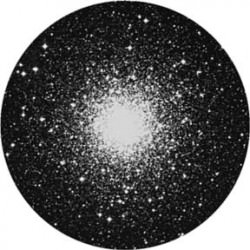 Now let’s drop about 3.5 degrees southeast and check out Class VII M10 (RA 16 57 08 Dec –04 05 57). What a difference in structure! Although they seem to be close together and similar in size, the pair is actually separated by some 2,000 light-years. M10 is a much more concentrated globular, showing a brighter core region to even the most modest of instruments. This compression of stars is what differentiates one type of globular cluster from another and is the basis of their classification. M10 appears brighter, not because of this compression but because it is about 2,000 light-years closer than M12.
Now let’s drop about 3.5 degrees southeast and check out Class VII M10 (RA 16 57 08 Dec –04 05 57). What a difference in structure! Although they seem to be close together and similar in size, the pair is actually separated by some 2,000 light-years. M10 is a much more concentrated globular, showing a brighter core region to even the most modest of instruments. This compression of stars is what differentiates one type of globular cluster from another and is the basis of their classification. M10 appears brighter, not because of this compression but because it is about 2,000 light-years closer than M12.
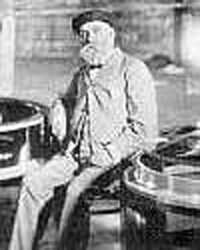 July 10, 2010 – Today we celebrate the 1832 birth on this date of Alvan Graham Clark. An astronomer himself, Clark was also a member of a famous American family of telescope makers. He helped to create the largest refractor in the world—the lenses for the 40″ Yerkes Telescope. Perhaps the stress of worrying for their safety took its toll on Alvan, for he died shortly after their first use. Tonight let’s honor Clark’s work by studying a globular cluster suitable for all optics, M4. All you have to know is Antares!
July 10, 2010 – Today we celebrate the 1832 birth on this date of Alvan Graham Clark. An astronomer himself, Clark was also a member of a famous American family of telescope makers. He helped to create the largest refractor in the world—the lenses for the 40″ Yerkes Telescope. Perhaps the stress of worrying for their safety took its toll on Alvan, for he died shortly after their first use. Tonight let’s honor Clark’s work by studying a globular cluster suitable for all optics, M4. All you have to know is Antares!
Just slightly more than a degree west (RA 16 23 35 Dec –26 31 31), this major 5th magnitude Class IX globular cluster can even be spotted unaided from a dark location. In 1746 Philippe Loys de Cheseaux happened upon this 7,200-light-year-distant beauty, one of the nearest to us. It was also included in Lacaille’s catalog as object I.9 and in Messier’s in 1764. Much to Charles’s credit, he was the first to resolve it!
As one of the loosest, or most ‘‘open,’’ globular clusters, M4 would be tremendous if we were not looking at it through a heavy cloud of interstellar dust. To binoculars, it is easy to pick out a very round, diffuse patch, yet it will begin to resolve with even a small telescope. Large telescopes will also easily see a central ‘‘bar’’ of stellar concentration across M4’s core region, which was first noted by Herschel. As an object of scientific study, in 1987, the first millisecond pulsar was discovered within M4, which turned out to be ten times faster than the Crab Nebula pulsar. Photographed by the Hubble Space Telescope in 1995, M4 was found to contain white dwarf stars—the oldest in our galaxy—with a planet orbiting one of them! A little more than twice the size of Jupiter, this planet is believed to be as old as the cluster itself. At 13 billion years, it would be three times the age of the Solar System!
July 11, 2010 – Today marks the 1732 birth on this date of Joseph Jerome Le Francais de Lalande, who determined the Moon’s parallax and published a comprehensive star catalog in 1801. While we might not be determining the Moon’s parallax against the background stars, we’re certainly going to see its effects against the background Sun! Right now the southern hemisphere is the place to be if you’re interested in catching a total solar eclipse – but this eclipse isn’t going to be an easy one to observe unless you’re on the water.
Starting roughly 2000 kilometers northeast of New Zealand at 18:15 UT, totality will begin at local sunrise over the ocean. Minutes later the shadow pass will actually cross land as it encounters the island of Mangaia for about 3 minutes total time. Totality will brush by Tahiti, encompass the uninhabited atolls of the Tuamotu Archipelago and slide its way across the mysterious Easter Island. The Moon’s shadow will take once again to the water for another 3700 kilometers where it will reach its end at the very southernmost tip of South America. For those of you who have the great fortune to eclipse chase? We wish you the very best of skies and luck!
For hard-core observers, tonight’s globular cluster study will require at least a mid-aperture telescope, because we’re staying up a bit later to go for a same-low-power-field pair—NGC 6522 (RA 18 03 34 Dec –30 02 02) and NGC 6528 (RA 18 04 49 Dec –30 03 20). You will find them easily at low power just a breath northwest of Gamma Sagittarii, better known as Al Nasl, the tip of the ‘‘teapot’s’’ spout. Once located, switch to higher power to keep the light of Gamma out of the field, and let’s do some study.
The brighter, and slightly larger, of the pair to the northeast is Class VI NGC 6522. Note its level of concentration compared to the Class V NGC 6528. Both are located around 2,000 light years away from the galactic center and are seen through a very special area of the sky known as ‘‘Baade’s Window’’—one of the few areas toward our galaxy’s core region not obscured by dark dust.
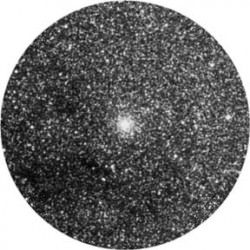 Although each is similar in concentration, distance, etc., NGC 6522 has a slight amount of resolution toward its edges, while NGC 6528 appears more random. Although both NGC 6522 and NGC 6528 were discovered by Herschel on July 24, 1784, and both are the same distance from the galactic core, they are very different. NGC 6522 has an intermediate metallicity. At its core, the red giants have been depleted, or stripped tidally by evolving into blue stragglers. It is possible that core collapse has already occurred. NGC 6528, however, contains one of the highest metal contents of any known globular cluster collected in its bulging core!
Although each is similar in concentration, distance, etc., NGC 6522 has a slight amount of resolution toward its edges, while NGC 6528 appears more random. Although both NGC 6522 and NGC 6528 were discovered by Herschel on July 24, 1784, and both are the same distance from the galactic core, they are very different. NGC 6522 has an intermediate metallicity. At its core, the red giants have been depleted, or stripped tidally by evolving into blue stragglers. It is possible that core collapse has already occurred. NGC 6528, however, contains one of the highest metal contents of any known globular cluster collected in its bulging core!
Until next time? Keep reaching for the stars!
This week’s awesome images are: M10, M12, M4, NGC 6522 and NGC 6528 from Palomar Observatory, courtesy of Caltech. Alvan Clark historical image and eclipse information courtesy of NASA. We thank you so much!



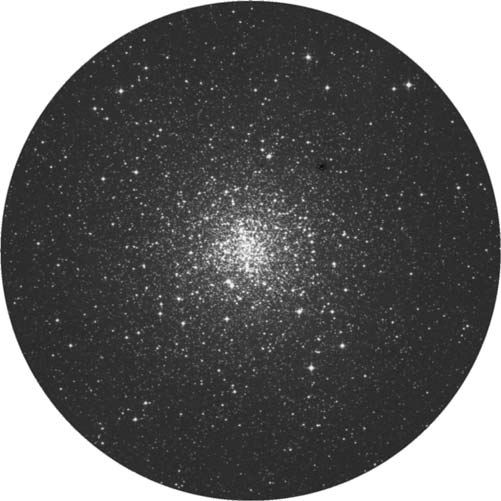
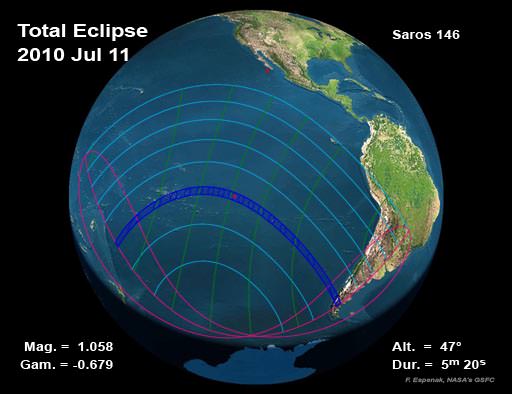
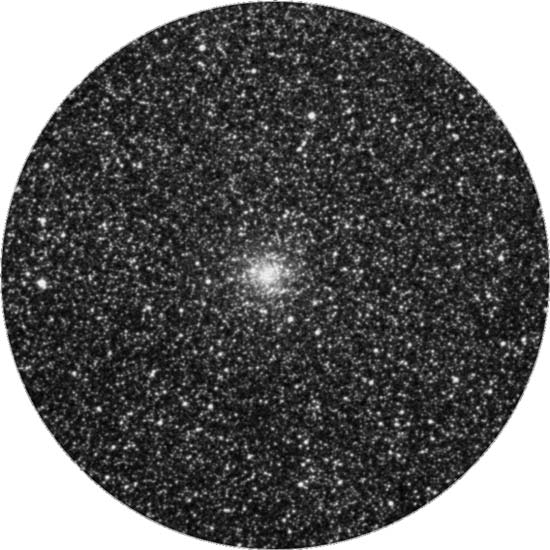
Got out and saw M4 last night… and neighbors M19 and M62~ Also saw the ISS at mag. -4! WOWIE! Then the fog came in… dzzzzzz. I view from the coastal mountains at around 1,500 feet. The fog doesn’t always get that high up, but it shore did last night! Stupid fog….